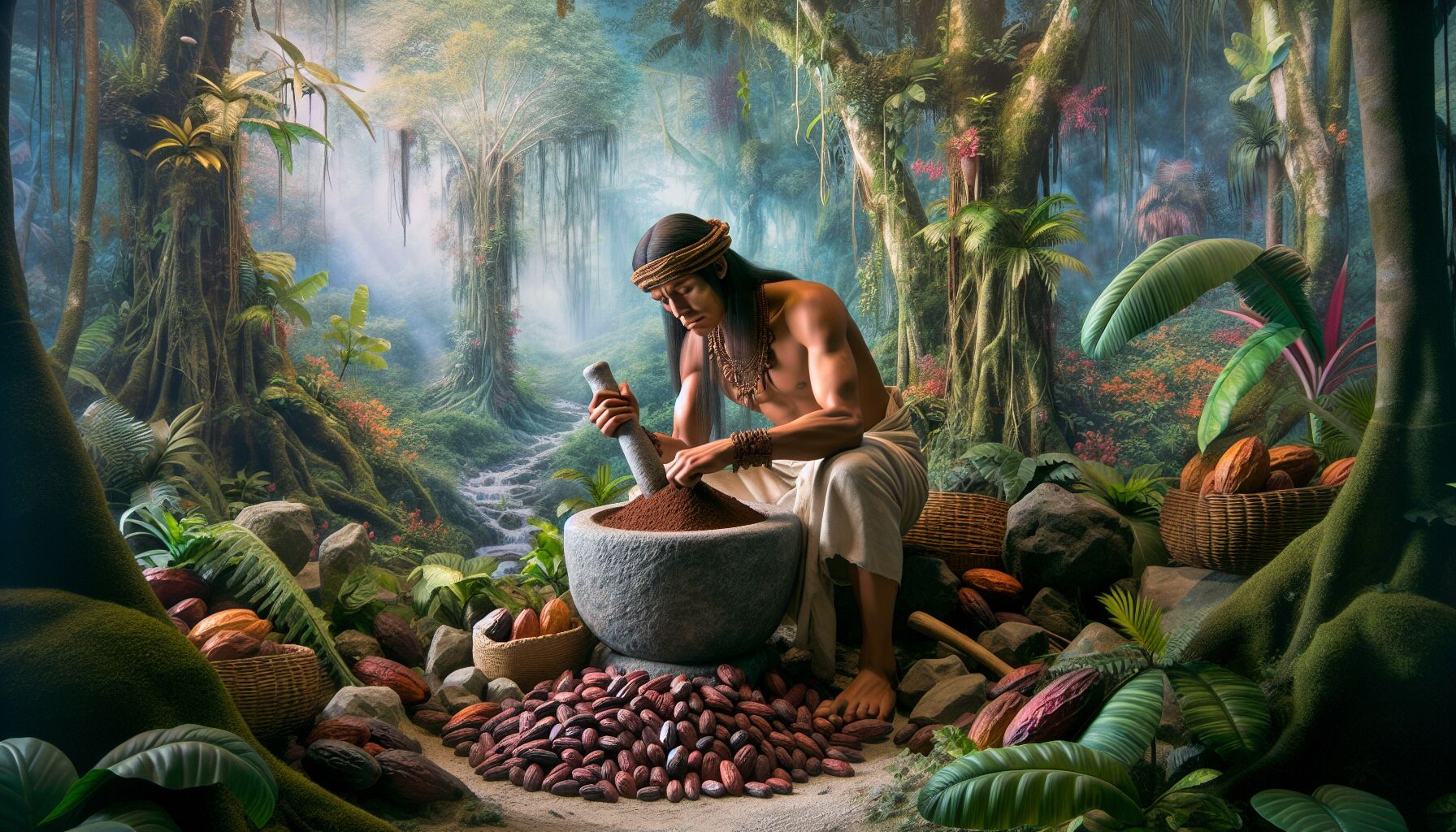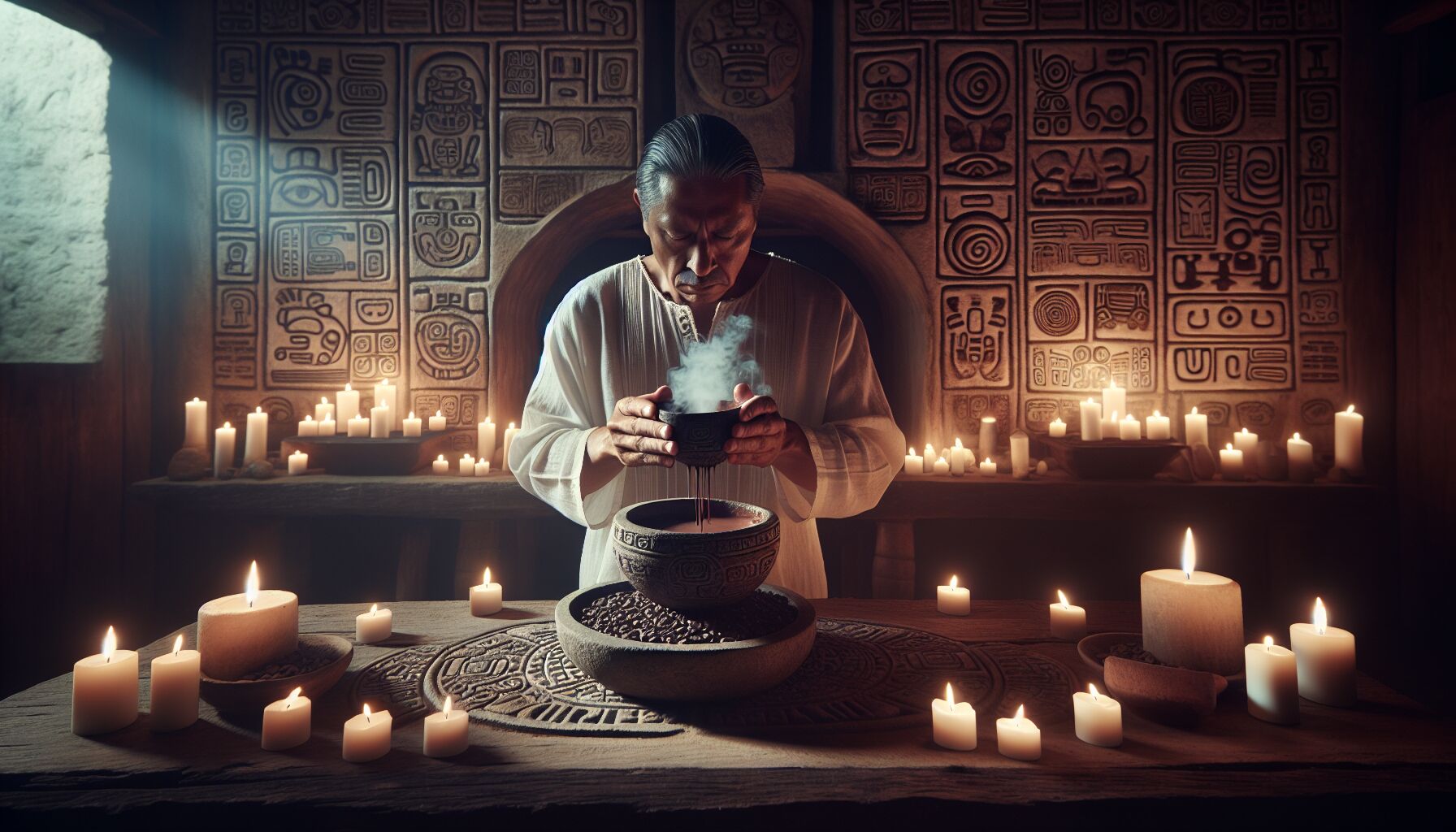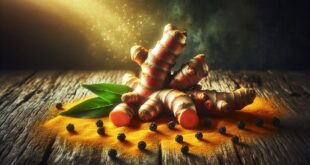 Cacao, often celebrated as the “food of the gods,” carries more than just a pleasurable taste—it holds profound healing properties. Ancient civilizations, like the Aztecs and Mayans, recognized cacao not just as a delicacy but as a potent elixir in their holistic health practices. But what makes cacao so special?
Cacao, often celebrated as the “food of the gods,” carries more than just a pleasurable taste—it holds profound healing properties. Ancient civilizations, like the Aztecs and Mayans, recognized cacao not just as a delicacy but as a potent elixir in their holistic health practices. But what makes cacao so special?
For starters, cacao is incredibly rich in flavonoids, those powerful antioxidants that seem to pack a punch in combating inflammation and protecting the heart. Imagine, centuries ago, wise healers knew this verdant bean could soothe ailments, long before modern science could explain it. It’s as if they had a direct line to nature’s wisdom that many have since forgotten. And who doesn’t need a little extra heart protection in these fast-paced times?
Furthermore, cacao is known for its mood-enhancing effects. The release of neurotransmitters like serotonin and endorphins brings about a sense of well-being and can even mitigate stress—something that feels as relevant now as it did back then. It’s a testament to time that ancient nutrition intuitively understood such benefits.
From a physical perspective, the magnesium present in cacao ensures it remains a vital component in supporting muscle function and promoting relaxation. Imagine those ancient Mayans sipping on a bitter brew, harnessing cacao medicine during their rigorous daily lives. They might’ve been more attuned to their bodies and the rhythms of nature than we often give them credit for.
But let’s not forget the simple joy and comfort cacao provides. In a world that’s constantly on the go, isn’t it enriching to know that enjoying a cup of pure cacao can be both a grounding ritual and an act of self-care? As the poet Rainer Maria Rilke once said, “Let life happen to you. Believe me: life is in the right, always.” Perhaps embracing the healing gifts of cacao is part of that natural flow of life.
Today, many are waking up to the ancient Mayan remedies, seeking out their timeless health benefits. And these healing properties are eloquently supported by ongoing research. NCBI and numerous other studies continue to affirm what ancient wisdom seemed to inherently grasp. Like a bridge between past and present, cacao remains a beacon of naturally sourced wellbeing. Isn’t it fascinating how these traditions endure? They remind us there’s always something to learn from the past, gently nudging us to take a slower, deeper breath.
Traditional cacao remedies
Imagine a world where healing remedies weren’t sourced from pharmacy aisles but from lush green forests. Traditional cacao remedies, cherished by the Aztecs and Mayans, embodied this very principle. They approached cacao not just as a food, but as a cornerstone of health and harmony, relying on its natural wealth to mend both body and spirit. Isn’t that the essence of ancient wisdom, blending healing art with the materials provided by earth herself?
To begin, the warming and invigorating cacao drink, known simply as “xocolatl,” was a daily staple. Unlike the sweetened versions we recognize today, this bitter concoction, rich in cacao medicine, was infused with spices like chili and sometimes honey—giving it a kick that was both invigorating and restorative. Imagine Mayan leaders preparing for battle or a significant ceremony, sipping this elixir to bolster their energy and focus. It’s like life’s own energy drink supplied by nature, sans the crash that modern imitations provoke.
And let’s not overlook how the Aztecs took a more medicinal turn. They often concocted cacao-based remedies targeting common ailments. For digestive issues, for example, cacao was mixed with maize to form a sort of therapeutic gruel, soothing the stomach and revitalizing the body. This was ancient nutrition in play, a thoughtful approach to wellness that prioritized the body’s natural processes. Who wouldn’t appreciate such a grounded, intuitive grasp of health?
Then there’s the practice of blending cacao with a variety of herbs and plants to tackle specific maladies. For instance, healers might introduce ingredients like vanilla, known for its calming properties, into the mix for an added layer of tranquility. It’s fascinating to think about how these practices meld intuition with innovation, reflecting a holistic understanding of health—one that modern approaches could surely learn from.
In their world, cacao was not only for the elite but carried a communal sense of healing, much like a village elder sharing sage advice over a shared meal. Whether treating a wound with cacao poultices or using cacao mixed with sap to strengthen teeth, the approaches were as diverse as the cultures themselves. Leonardo da Vinci once mused, “Simplicity is the ultimate sophistication.” The Aztecs and Mayans seemed to grasp this notion instinctively, crafting remedies that were straightforward yet profoundly effective.
So why does this matter today? These age-old practices serve as a poignant reminder that nature offers vast resources for well-being. Brands like Taza Chocolate celebrate these traditions, creating products that respect ancient methodologies. Such modern renditions allow us access to a rich tapestry of historical wisdom, reminding us that sometimes, the old ways truly carry the hidden keys to resilience and vitality.
Curious about trying these ancient remedies? Maybe it’s time to seek out cacao in its purest form. Let its warmth wrap around you like a comforting blanket, perhaps leading you closer to the balance those ancient healers knew so well. After all, could our fast-paced lives benefit from a sip of serenity, grounded in traditional cacao remedies?
Spiritual and ritual significance of cacao
 If you could step into a traditional Mayan or Aztec ceremony, you might feel the air thickened with reverence and the earthy, enchanting scent of cacao. This wasn’t just a treat; it was a vessel for connecting with the divine, a sacred ritual weaving communities in shared spiritual experience. The Mayans, for instance, believed cacao was a direct gift from the gods, a notion so potent it was entwined with their mythology, their spirituality, and their everyday lives. Now, that’s a ritual brewed to perfection.
If you could step into a traditional Mayan or Aztec ceremony, you might feel the air thickened with reverence and the earthy, enchanting scent of cacao. This wasn’t just a treat; it was a vessel for connecting with the divine, a sacred ritual weaving communities in shared spiritual experience. The Mayans, for instance, believed cacao was a direct gift from the gods, a notion so potent it was entwined with their mythology, their spirituality, and their everyday lives. Now, that’s a ritual brewed to perfection.
In ceremonies, cacao wasn’t a mere indulgence but a sacred elixir of the gods. Picture this: a heart-centered meditation where the warmth of cacao opens your senses, connecting you to a deeper rhythm of life. It’s like the ancient practice was whispering secrets of the universe to the soul—a dance between the earthly and the ethereal. No wonder cacao ceremonies are finding a resurgence in modern spiritual circles.
The Aztecs, too, harnessed cacao in their rituals, using it to sanctify transitions and honor deities. It was an offering of peace and respect, a conduit between humankind and the divine. For example, Smithsonian Magazine notes the Aztec ruler Montezuma’s lavish consumption of cacao, emphasizing its ritual and status symbolism. In present times, these historical threads weave through today’s spiritual spaces, inviting us to align with nature’s heartbeat.
This cacao-based tradition extends beyond ritual; it’s an embodiment of community and gratitude, reflecting an appreciation for life’s interconnectedness. And as eclectic as these practices were, the underpinning theme was unity—not just with each other but with the cosmos. Is there a better reminder for a world yearning for connection?
Take a moment to imagine such a ceremony—warm cacao cradled in hand, a quiet sense of belonging settling like a gentle sigh. Poet John O’Donohue once said, “Beauty is the illumination of your soul.” These ceremonies weren’t mere gatherings but reflections of this truth, softly illuminating the features of identity, faith, and shared humanity.
With a resurgence of cacao ceremonies, spiritual enthusiasts and seekers alike savor a renewed focus on mindfulness, echoing the ancients’ profound insights. It’s a call to slow down, reconnect, and savor the magic within nature’s pharmacy. Resources like Cacao Center provide modern explorers the tools to experience cacao’s spiritual dimensions.
And as we sip this rich, life-giving beverage, there’s an invitation to pause, breathe, and partake in a ritual that bridges ancient wisdom with our contemporary quest for deeper meaning. Who knew a cup of cacao could offer more than just warmth but a glimpse into timeless spiritual truths?
 DS Haven In Light Of Things
DS Haven In Light Of Things






